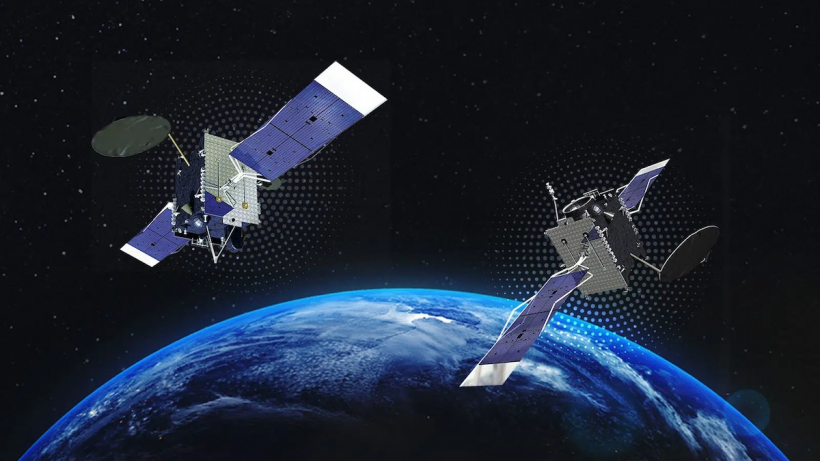TAMPA, FLORIDA- SpaceX launched a pair of four-ton Intelsat communications spacecraft from Cape Canaveral at twilight Saturday evening, two days later than scheduled following back-to-back scrubs, on the third mission of a Falcon 9 rocket this week.
At 7:05 p.m., the Falcon 9 rocket ignited nine kerosene-fueled Merlin 1D engines as well as thundered away at Cape Canaveral Space Force Station, Saturday, 2305 GMT. Thrust vector controllers turned nine main engines to direct the 229-foot-tall (70-meter) rocket straight east off pad 40, and the Falcon 9 sped beyond the sound speed limit in less than just a minute.
Saturday's expedition, which launched Intelsat's Galaxy 33 and 34 rich communication satellites, was the third Falcon 9 mission in less than four days, completing back-to-back deployments on Wednesday.
On Wednesday, a SpaceX flight from Florida transported a four-person team towards the International Space Station, being followed seven moments later by the other Falcon 9 launched in California with a set of Starlink internet satellites - the shortest delay among two Falcon 9 operations to date, as reported by NASA Space Flight.
Intelsat Communication Mission
The Intelsat operation was due to launch on Thursday; however, automatic systems prompted another last postponement after detecting a minor helium leak. SpaceX halted another launch effort on Friday prior to actually starting the approach on Saturday.
Following the report from Satellite Today, as per Jean-Luc Froeliger, Intelsat's vice president of space systems engineering and operations, it could take around 2 weeks for the satellites to utilize onboard power to reach their final geosynchronous orbit. Northrop Grumman developed the satellites, which again will enable Intelsat to relocate broadcasting clients into a tighter swathe of its C-band bandwidth, freeing take on additional frequencies for grounded 5G providers throughout the United States.
Intelsat hopes to receive roughly $5 billion from the Federal Communications Commission if it manages to fully relinquish the lowest 300 MHz slice of C-band by the regulator's timeframe of December 5, 2023. Following recently losing a judicial appeal for an equal share, rival satellite company SES is set to get about $4 billion if it manages to clean its C-band bandwidth on schedule.
SpaceX reportedly licensed its recoverable Falcon 9 boosters with at least 15 flights, up from the 10-mission objective set when the firm unveiled the Block 5 booster - the newest edition of the Falcon 9 - in May 2018, as reported by the trade publication Aviation Week & Space Technology in June.

Artist’s illustration of the Galaxy 33 and Galaxy 34 satellites with solar arrays unfurled in orbit.
ALSO READ: SpaceX Falcon 9 Brings 52 Starlink Satellites After Successfully Launching Astronauts to ISS
Galaxy 34 and Galaxy 35 The Initial Stage
Froeliger dubbed SpaceX's Falcon 9 rocket as the "workhorse of the business" after the company developed commercial rocket reuse and recovery. Following Saturday's mission, the firm has flown 46 times this year, significantly surpassing any of its competitors in the release sector, according to a report from Space Flight Now.
Satellite communications companies have, however, deployed processors as well as other technology on ground antennas to facilitate the transition to greater C-band wavelengths. Alongside Galaxy 33 and 34, Intelsat has five additional C-band satellites to deploy. Galaxy 31 and 32, the very next pair of C-band satellites, are set to launch that SpaceX Falcon 9 rocket from Cape Canaveral as early as November 5.
Additional pairs of C-band satellite communications, Galaxy 35 and 36 are scheduled for release in December aboard a European Ariane 5 rocket from French Guiana. The final member of the group, called Galaxy 37, will be the solitary occupant aboard a SpaceX Falcon 9 rocket in the upcoming year, as the Space Flight report added.
RELATED ARTICLE: SpaceX Falcon 9 Rocket Launch Aborted 30 Seconds Before Flight; Next Launch Attempt Is No Earlier Than Friday
Check out more news and information on SpaceX in Science Times.














